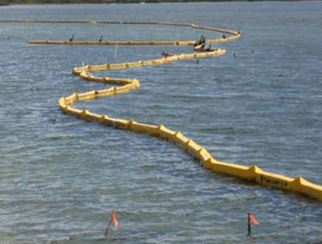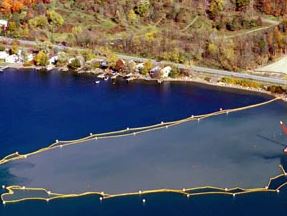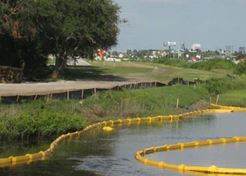Turbidity Curtain Barrier - Type 1 DOT - 10' x 50'
FREE SHIPPING
Model: TC-10X50-D
Brand: Tough Guy / AER-FLO
Size: 10' x 50'
Product Specifications: Download Printable Spec Sheet >
Note: This Turbidity Curtain is a stock item and typically ships within one business day.
FREE SHIPPING
VIEW OUR FULL SELECTION OF TURBIDITY CURTAINS >
DO YOU NEED A WRITTEN QUOTE? SUBMIT A QUOTE REQUEST >


















